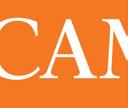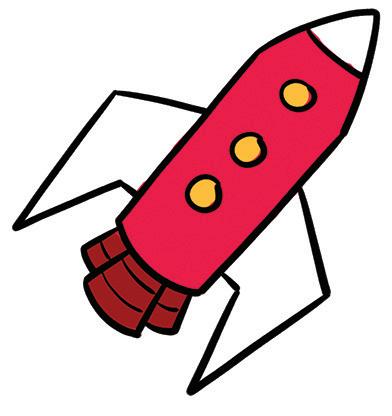

















 Mathematics
Learner’s Book 3C
Mathematics
Learner’s Book 3C
This Learner’s Book provides activities to support the third term of Mathematics for Cambridge Early Years 3.
Activities can be used at school or at home. Children will need support from an adult. Additional guidance about activities can be found in the For practitioners boxes.
Children will encounter the following characters within this book. You could ask children to point to the characters when they see them on the pages, and say their names.
The Learner’s Book activities support the Teaching Resource activities. The Teaching Resource provides step-by-step coverage of the Cambridge Early Years curriculum and guidance on how the Learner’s Book activities develop the curriculum learning statements.

Hi,
Hi, my name is Rafi.
Hi, my name is Mia.
Find us on the front covers doing lots of fun activities.

Hi, my name is Gemi.



Colour and draw.
Colour in yellow the lightest object.
Colour in blue the heaviest object.






















A heavier toy will stretch the elastic band more.





Lighter toys will stretch the elastic band less. Challenge children to draw another spring balance on the board, containing an object that is either lighter or heavier than the toys shown.



Measuring mass Count and write.
How many wooden balls have the same mass as each object?
















A lighter fruit will need fewer wooden balls to balance it.






Heavier fruits will need more wooden balls to balance them. Challenge children to draw a ‘lightest/heaviest’ mass arrow on a piece of paper (or use Mathematics Activity sheet 3.2.1.1) and draw each of the fruits in the correct place on the arrow.










Imagine you are wearing your doubling glasses. Draw the same number of objects again to show double the number.





















If children have made ‘doubling glasses’ in the classroom, they could use them for this activity. Challenge children to spot other examples in their environment of where they could double objects, wearing their doubling glasses.